Once you’ve started blogging, it’s almost inevitable that you will start to get emails from interested parties asking you for rate cards, wanting to know how much you charge for advertising and trying to get you to share their content in exchange for a free product. It’s easy to become overwhelmed and have no idea where to even start let alone what to charge for sponsored posts. Karlynn and I didn’t have a clue and remember, both of us started blogging in 2009 when there were basically NO helpful articles out there.
Here are a few things – not set in stone!- that we have learned along the way and we’re happy to share them with you. Do bear in mind that I come from a business sales and IT background and now run a technical website for a living, so I refer to the people contacting you as customers and I have picked up a lot of tricks from a few years of sales that I use in my daily website dealings.
Rule #1 – If You Value Yourself, Others Will Value You. Get Paid.
Before we even get started, everyone ( including yourself) needs to understand that you are worth being paid. Real money. You wouldn’t start a new job at a fast food restaurant and accept payment in the form of cheeseburgers or the occasional pack of french fries, would you? You deserve to earn a pay cheque so why is it ok for people to ask you to promote their stuff in exchange for the same?
It’s not.
You’ve put effort into getting your website up and going, building up your social media channels and developing yourself as a brand. There is value to this. This is something you built. If you have knowledge, a skill set and you work, you get paid. That’s simply how the world works and blogging is just as much a job as being a carpenter – the only difference is the set of tools you use.
It doesn’t do anyone any favours to accept work in exchange for free product. What this does is tell the people reaching out to you that its’ acceptable to not assign value to your work and to feel free to approach other bloggers in the same manner. This is what I call “Blogger Devaluing” and all it does is reduce the worth of the work we do as bloggers.
Product endorsements are not evergreen material. Evergreen means that people will come back time and time again to your posts, or that they are going to be indefinitely searchable in google. Recipes are evergreen, how-to and crafts are evergreen, however no one wants to read about a product more than once, indeed, you might have a year before the new models/flavours/colours come out and your post has been rendered completely irrelevant.
The rule of thumb is simple, : always charge something for your work, even if the product itself is free.
Rule #1.5 There’s Always Exceptions
Are you looking to build a small category of sponsored work? Then it might be in your best interest to take on 2-3 product posts that you are interested in and build a quality showcase of your work. This is also what Karlynn and I both did on our respective sites in the first year. It’s hard for a client to understand the quality of work that they will receive if you don’t have any current examples of this. I know it’s tempting to not do a really spectacular job when it’s for free, but think of it as padding your resume. Once you have excellent, well written, quality product reviews/sponsored posts live on your website, you are good to start charging fees from then on, without ever looking back!
There are, of course, circumstances when this is acceptable (someone offers you a free car in exchange for a blog post or the value of the product far exceeds the value of the post) but the likelihood of this happening is pretty minimal, in our experience. It’s usually a product with little worth and most times we couldn’t even use it.
Karlynn accepted a sponsored post in exchange for an expensive stand up freezer that she’s used endlessly for storing her cookbook goodies (yes, we need an entire freezer dedicated to cookbook baking.) She was more than happy to write about the new freezer as the value she was receiving was very high.
I really want to emphasize is that as soon as you start charging for posts, not only do you value your work, but you’ve sent it out there into the great beyond – and not to sound all “The Secret” on you, but truly, it works.
Once Karlynn put her foot down with herself and set her values (quite high) the offers she receives are high quality and have led to her being able to run The Kitchen Magpie as her full-time job income for over 4 years now. (She realized that while one project she is approached with might not have a budget to hire her, the next project with the same people almost always will as they learned her budget and her value the first time.)
Rule #2 – You Don’t Need a Rate Card, You Need Info
Yes, I know. They are asking for a rate card so shouldn’t I send them one?
In short, no. Rate cards are usually just a way to find the cheapest rate and do a quick comparison and in most cases, they won’t do you any good and the only purpose they serve is to set false expectations. Rate cards are also going the way of the dinosaur, as the in-the-know PR firms have come to realize that there are far too many things to take into consideration when partnering with you for work through your website. Depending on what factors come into effect, what you charge one customer may be completely different from what you charge the next.
Here are just some of the things you should be taking into consideration before determining what to charge for sponsored posts and this comes from my years of IT business project planning, simplified to meet blogging needs.
- Lead Time – Lead time is how long you have before the content is due. Sometimes a company will come to you and ask for a fast turn around and in some instances, this could mean having to adjust your schedule to take on the work. This affects your rate – and company’s are very used to being charged more for short lead times. In fact, it’s expected.
- Review Submission – Most customers will want time to review the content before it’s published. In these cases, you’ll sometimes be required to meet tight deadlines for content submission which can require you to adjust your schedule in order to do so.
- Photography / Imagery – Does the content require photos or images? If you are required to produce the images yourself (ie: take pictures and edit them) then the cost is going to be far more than if you were simply writing some text. Perhaps you don’t need to take photos yourself but instead you can get away with using stock images ($2-7 each on average)
- Is It a Recipe? Recipes need ingredients that cost money. Unique recipe development and testing is worth more than preparing and photographing a recipe that the client has already tested and come up with.
- Social Sharing of Articles – Does the company expect you to share your work on your social media channels? There is an entirely different cost that needs to be considered in this case. We’ll get to that in a later article.
- Newsletter Sharing – Does the customer expect you to share information about the article you’ve written through your mailing list or to your newsletter subscribers?
- How much traffic do you get? – This is one of the biggest consideration as the amount of potential exposure is directly related to how many people are going to see the article. Having said that, it’s not always the case. In some instances, very targeted audiences hold more value.
These are all considerations when calculating what to charge for sponsored posts and depending on the answers, so can your price change.
Rule #3 – Every contact is an opportunity
Never ignore incoming emails because every contact is a potential sale. Yes, here is all my years in business sales shining through. Just because a customer doesn’t know your value does not mean you can’t help educate them. Some of my best work has come from replying to emails that I didn’t think would lead anywhere. Not every one understands the value to your work but that doesn’t mean they don’t want to.
Even if the customer is reaching out to offer you a product in exchange for a post, simply reply with something like this (note I am using an example fee here, it’s not set in stone by any means):
Hi Jane,
Thanks for thinking of me for this opportunity. I’d love to arrange a giveaway of your product for my readers and share it through my social channels. I charge a per post rate of $250 for sponsored content which I’d be happy to reduce to $200 in exchange for a giveaway item for my readers.
Let me know if this fits within your budget for this project and if it doesn’t, I’ll see if I can find some alternative ways we can work together.
Thanks!
Mike
Take the time to educate each person who contacts you and you’ll be surprised how many you can convert into happy customers. All it takes is a polite approach and an explanation as to why you charge what you do. The good customers will understand and still want to proceed because they’ll see your value.
Rule #4 – Don’t quote a price right away
I am a stickler for not providing a quote right away. I would much rather find out what the customer wants and figure out how I can give them a great deal that fits within their budget. Here’s a standard reply that might work for you (obviously tweak as you see fit):
Hi Jane,
Thanks for reaching out about _______. It sounds like an amazing opportunity and I’d love to figure out how we can work together. I offer a number of services over here on (blog name here) ranging from:
- Sponsored Content
- Social Media Sharing (live tweeting, Instagram posts, Facebook content)
- Video Production
- (your service here)
In order to give you the most bang for your buck (I customize packages on a per client basis) can you give me an idea of what kind of budget we have to work with? Once I have a rough idea, I’ll then be able to see if I can put together something that fits within it and ensure you get the most value.
Thanks again and feel free to give me a call if you’d like to discuss further. I’m looking forward to working together!
Mike
1 (111) 111-1111 <- your number here (optional)
This type of reply is important for two reasons:
- It lets the customer know you personalize your pricing to offer the most value.
- It lets the customer know that you are willing to negotiate.
- You might be able to provide additional services and earn even more.
For instance, let’s assume the initial contact was for a simple sponsored post but the customer has an overall budget of $500 for the project. You might be able to charge the full budget amount by adding in some extras that you previously wouldn’t have considered without knowing what they were willing to spend.
If you absolutely have to quote a price, use these as a ballpark
For those who aren’t sure where to start and want a ballpark number that you can use for your first sponsored post, the rule of thumb in my view is to have an absolute minimum that you work off of.
The absolute least you should charge for a sponsored post is in the ballpark of $225 – $250. You should never work for less than this. Keep in mind these rates I’m quoting are based on US dollars but if you are in Canada, I’d aim for probably a similar amount or slightly more depending on the client.
Here’s WHY you really shouldn’t charge less than the minimums I posted above. Of course there are exceptions to the rule sometimes but based on the responses I’ve seen to this post and some comments on social media, I wanted to expand a bit more with some additional justification.
As a blogger, you are a writer. Writers get paid typically on a per word basis. In my last 9 years, I’ve hired numerous writers and the going average rate is typically .20 cents per word and up. More often than not, it’s higher than this. So let’s say you write a sponsored post of approximately 500 words and we calculate your rate at .25 cents per word. That would mean you should get paid at least $125 just for the writing.
You’ve also got an audience on your website that you’ve built up right? So you should be charging for this as well since you did have to do the work of developing this audience. Let’s say you only get around 200-400 people per day. That equates to about 12,000 people or so on a poor month. So you take your content and promote it to these people, you need to charge for that. At the least, don’t you think that charging $100 to do this is reasonable? I’m sure you do, so we’re now already at the minimum of $225 that I quoted above.
Now add in the fact that you are promoting this to your social media channels. A typical rate for promoting on social media should be no less than $50 per post (Twitter, Instagram, Facebook or Pinterest promotion that is). At our current level of 300k followers on these platforms combined, we’re told by the same influencer network to charge a minimum of $350 per post (just to give you some context).
Oh I almost forgot, did you take pictures? I assume that in most cases, the client wants those as well and if so, that’s additional work. You may not be a photographer by trade (and maybe you are) but you definitely should be charging for the service so let’s say you take 2 pictures and charge $25 / each that’s another $50 at the very least.
Keep in mind that as I’m quoting these fees, I’m already beginning to feel that they are too low but the point here is to give you a idea so please do set your rates to what you feel is reasonable.
Now, I’m going to share something most people wouldn’t share and that is the exact rates we charge for sponsored posts here on The Kitchen Magpie.
Before I do, I want to let you know that these rates are not just my recommendations but are automatically calculated numbers from a very reputable influencers network of which we are a member. I cannot share who this network is but they are one of the largest influencers networks out there and their rates are the ones that set the standard for North America.
Now that I’ve said that, please be aware that I will not breach confidentiality agreements and share where these are from but I will tell you that these are automatically calculated rates that are recommended by the network we are with and this network works with the world’s largest brands. This company has their own proprietary software developed for calculating what their bloggers should get paid for sponsored posts using all sorts of metrics.
When The Kitchen Magpie had a reach of 400,000 people monthly, the rate that the influences network told us to charge was $650 US per sponsored post. For those in Canada, that’s about $850 with the dollar where it is as of today. This rate includes sharing of the post on social channels.
Currently, this website has a reach of about 620,000 people each month and the rate we are charging now (recommended by the network) would be $825 US (or just over $1,000 Canadian) per article with social sharing included.
For social sharing alone, we have over 300,000 followers and our recommended rate to charge for posting to our social networks is approximately $350 US (or $400 Canadian).
This means that if you are asked just to tweet or Instagram something for a customer, I’d recommend charging a minimum of $50-75 per post depending on your follower count.
Now, all of those numbers are flexible, but it gives you an idea of what the rates are as calculated by one of the country’s largest influencers networks. Karlynn will always work within that number, sometimes charging more based on the scope of the work, or sometimes charging less, if it’s a company that she loves working with or it’s something she’s excited to take part in. This is simply to give you an idea, based on numbers of what you can charge. I know that not many websites have half a million plus for their numbers, but this is at least a benchmark to start at!
Conclusion
I’ve listed these rates here to help set the standard. Too often we see people being taken advantage of by companies offering minimal payment for maximum work. I felt the time had come for us to set the record straight and provide everyone with an idea as to what we should charge. The more we all stick together, the easier it is for all of us!
Find this useful? Pin it to Pinterest using the pic below and help spread the word.
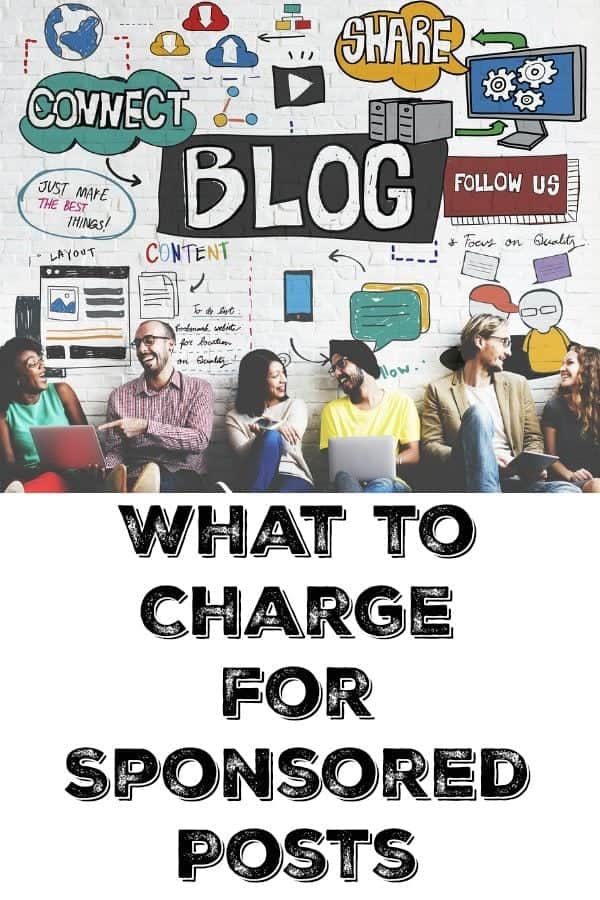
Any comments or questions, please leave them in the comment section below!

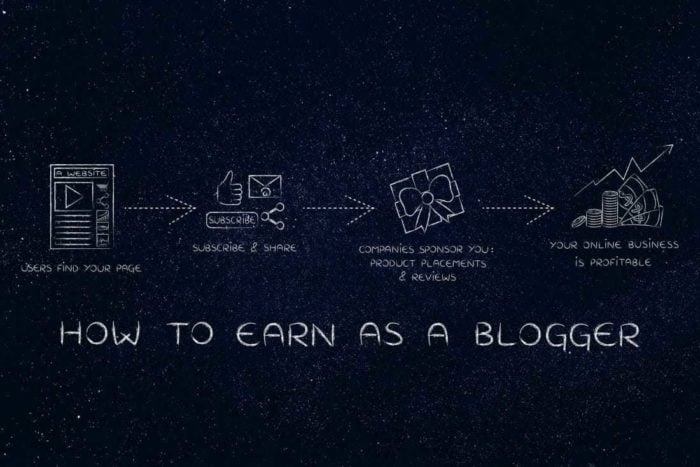

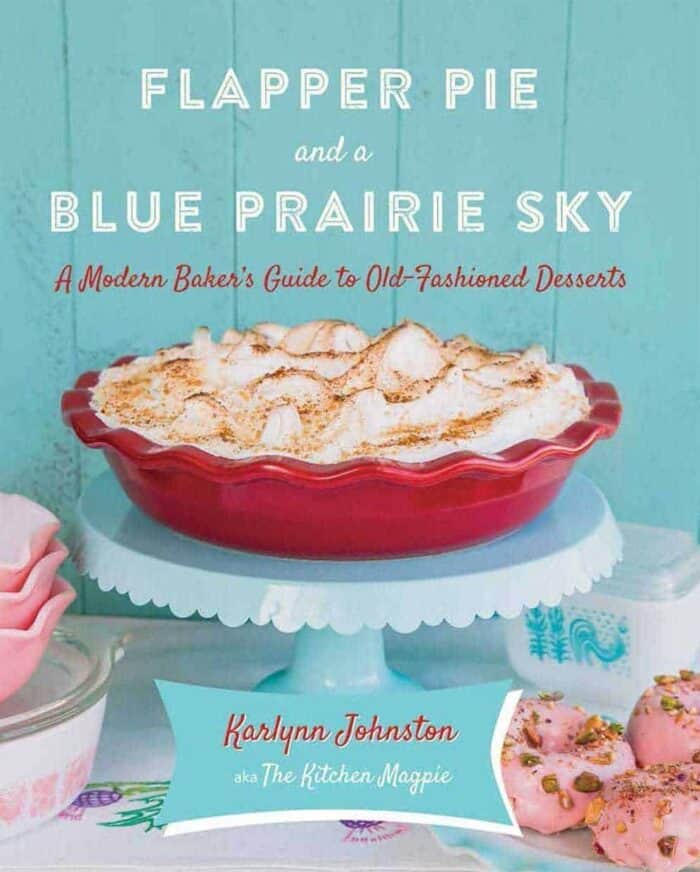
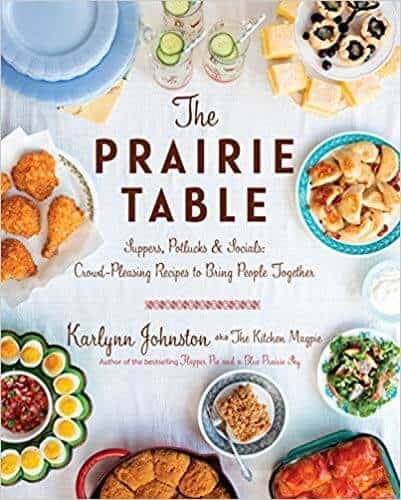


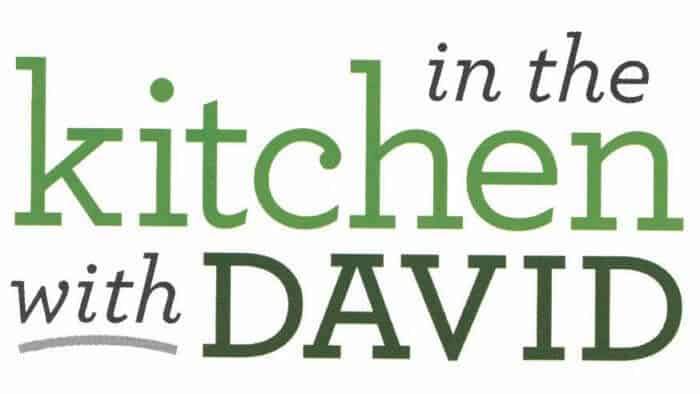
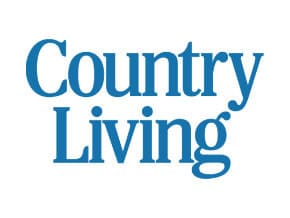

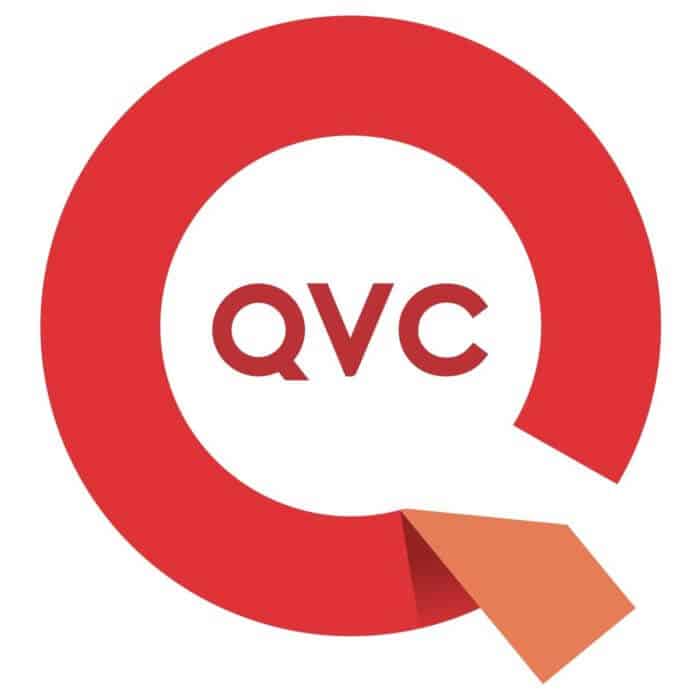


Jillian says
Absolutely loved this post. I find that companies feel like they don’t owe you anything because they sent you the product and often have the gall to ask for a favourable review in exchange for a PR package. I would never promise anyone a “favourable” review regardless of whether they were paying me or not, let alone for an eyeshadow palette. Don’t get me wrong I am grateful for all the PR I get but I don’t appreciate an expectation that comes with it, and I choose not to work with those companies. I think a lot of smaller bloggers/influencers have let these companies tell them what they are worth and have set a standard in the industry which is far too low. I have many bloggers pals who need to see this! Love this series so much! Well done!
Meagan Robinson says
I agree on somethings you’ve mentioned (like knowing your worth to companies that contact you) but giving new bloggers the standard that they should not accept sponsored content that’s less than $200-250 a post is outrageous.
New bloggers need to know their work is valuable but unless you build your audience and social media network you will not be able to find an opportunity that will pay you $200 straight off the bat. And if that’s their standard they may be working on their blog for 2 years before they are paid that, when they could have been taking up more opportunities that would have paid less.
I cannot fathom that whenever you started blogging your standard was $200 per sponsored post. You probably didn’t get that kind of an opportunity until years of blogging, like everyone else who a well known blogger now!
I believe giving new bloggers a formula for how to create their rates that will grow with them as a blogger is the best way to give advice. Not telling them “The absolute least you should charge for a post is ballpark $225-250”. I am so put off by this and in fear for the bloggers who read this. You’re educating them falsely.
Maybe stick to recipes over absolute blogging advice.
Karlynn Johnston says
$200 is the going LOW rate for providing a recipe for an ONLINE magazine, so the problem is that people (like yourself) refuse to see that bloggers are writers, and writers get paid per word. It’s really simple math. If people want to hire you, you get paid a fee. Are you a PR person that doesn’t like paying bloggers? The phrases that your getting “put off by this” and “fear for bloggers?” because it sure sounds like it! Writers get paid, period. $200 is on the LOW end . Online writing garners rates from 20 cents a word and up. This is WITHOUT an “audience” and based on worth of words alone. I’m tired of people like yourself lending credence to the myth that writing itself doesn’t deserve to get paid.
Karlynn Johnston says
And did you MISS WHEN WE SAID THE RATES ARE FLEXIBLE? Or did you just want to troll and complain? Thanks for obviously not reading a damn word of the post.
Mike Johnston says
Hi Meagan,
First of all, we don’t appreciate the “stick to the recipes” comment. I’ve spent the last 9 years building up CMS Critic and working with major companies to help develop marketing campaigns and Karlynn and I launched The Kitchen Magpie around the same time. When it comes to blogging, I’m comfortable saying that considering we both make our living doing this, we might have learned a thing or two. We’ve made our fair share of mistakes and charging too little and undervaluing ourselves is one of those things we learned NOT to do.
I agree with Karlynn in that this sounds like a comment that’s coming from someone who devalues bloggers rather than someone who thinks they should be paid appropriately. Almost any article you read on this topic will set a minimum near where we are pricing things.
Now, to expand on this, I often hire writers for my website and in doing so, I pay approximately 20 cents per word and up for just the content. Now add the audience and the fee to get the content in front of said audience and you need to charge for that as well. Then you need to add on the cost of promoting the content for those social channels you built up. Oh, let’s also not forget photography right? Since you took photos, you should get paid for that as well shouldn’t you? That means we’re talking about four points where you’ve definitely earned your $225 and up:
Let’s recap:
– Bloggers need to charge for the writing itself at writer rates or close to them.
– Bloggers need to charge to publish said content so their established audiences can see them.
– Bloggers need to charge for promoting that content to the other audience on social media profiles.
– Bloggers take photos which is MORE work and should also be charged for shouldn’t it?
You’ve built all of these audiences, why shouldn’t you charge to promote content to them? I don’t see the problem, does anyone else?
In fact, I don’t think you CAN be in PR because the latest trend is seeking out bloggers with smaller audiences that are legitimate instead of the ones with thousands of fake ones and low engagement.
Karlynn and I debated deleting your comment because it lends nothing to the conversation but instead decided to leave it here to show the lack of support and old school thinking that we (and our colleagues in blogging) have to deal with.
Thanks for making a good point towards why we need to rethink how we treat bloggers.
Elvis Michael says
Mike, this is now quite a few months old but i just wanted to say THANKS for standing firm and sticking to your beliefs. I think the main problem is that most people place 99% of the value on pageviews alone, without ever considering the writing and research itself.
At the end of the day, a sponsored post still requires as much as writing as a traditional article – perhaps a tad more.
Take care!
Elvis
Hannah Hamilton says
Such an informative and open post. As a newbie blogger, I really appreciate your transparency! Love this series!